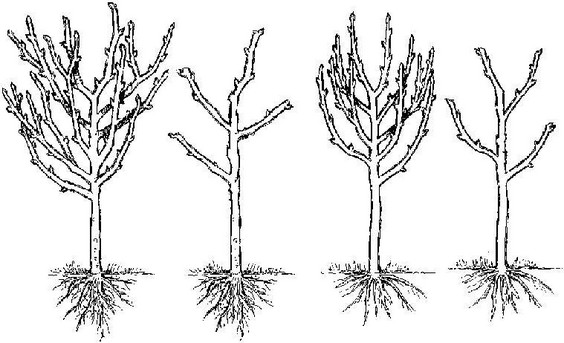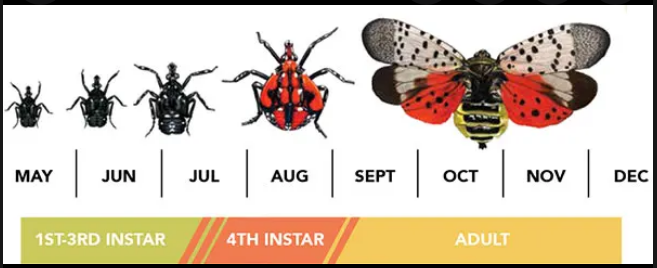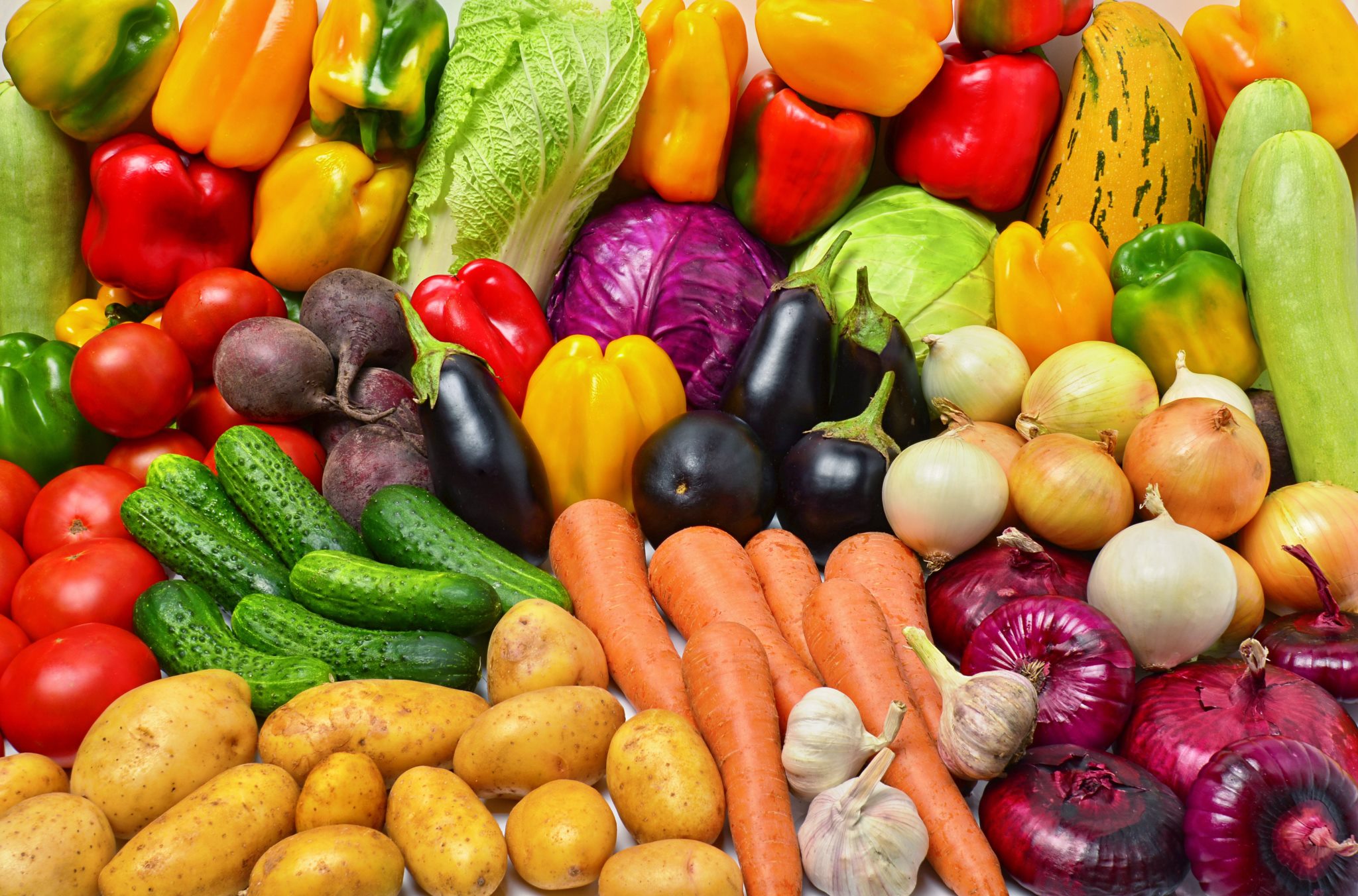This information will be applicable to most if not all fruiting trees. If you want information on a particular type of fruit let us know and we will be happy to provide more info. Fruit trees are not a plant and forget items. They take ongoing care and maintenance to be productive.
The two most important aspects of fruit tree care are:
- Insect and fungi control
- Pruning and thinning
Insect and Fungi Control
Spraying for insects and fungi is a crucial step that often gets skipped by the average homeowner. Bugs and fungi love fruit just as much as you do… There are many different sprays on the market though the most popular are copper soap (for fungi) and dormant and/or horticultural oil sprays (for insects). Dormant oils control aphids, scale, spider mites, and many other insects by desiccating or smothering eggs and larvae. Note: Copper Fungicide sprays (if using) should be applied at least 24 hours before oil treatments.
Fruit tree sprays should be applied in the winter months (Dec. – Feb.). Two to three applications is ideal though one to two is usually sufficient for the average home orchard. Applications should be at least 30 days apart with the last application applied in mid February (for Central Virginia USDA hardiness zone 7). Do not spray when the temperature is expected to fall below 35° before the spray has time to dry. A “warm” winter day is preferred for spraying.
Spraying fruit trees before they begin to bud and leaf out has proven to be much more effective than waiting until later in the season once the tree has a full canopy of leaves. While it’s best to be proactive instead of reactive, if you see insect or fungi problems arising during the growing season, you can treat as needed though it is often too late to save the crop of fruit.
Pruning and Thinning
All pruning information provided by Hollybrook Orchard, a great source for all things Home Orcharding!
http://hollybrookorchards.com/homeorcharding/pruningandthinning.html
“We can not stress enough the importance of regular, annual, aggressive pruning. It is essential to maintain the ongoing vigor of the tree and to maximize the production of fruit.
First year pruning sets the eventual shape of the tree. If your tree is taller than 4-6′ above ground, after it’s planted, trim it down to that height. Thin out the inward growing branches and any branches which are crossing over each other. Trim off the tips of the larger branches to encourage growth. See the illustration below for a before and after look at the branches.
Any shoots or branches which come from BELOW the “bud union” should always be pruned – now and in the future. Brand new stems that grow out of the ground, from the root systems are called suckers. If you see them, simply cut them off at ground level. When the tree matures, suckering usually diminishes.
If your trees set fruit this first year, pick off some of the immature fruits, spacing them about 8″ apart on the branches. This will encourage proper ripening, allow the spray to cover well, and improve vegetative vigor. Fruit thinning in the future is also important for the very same reasons. Less is more. If you don’t thin, you will get many more fruits than the tree can handle, resulting in broken branches and small fruits. So don’t be afraid to thin. The resulting fruits will be fuller and much nicer.
In later years, it is helpful to “shape” your tree. Apple, pear and cherry trees are best trained to a central leader (uppermost upright limb). Peach, nectarine, plum and apricot trees should be trained to a vase shape (no central leader). See the drawings below which show what your mature tree should look like. As you prune, bear this shape in mind and prune accordingly. Don’t be shy; it’s really hard to over prune a fruit tree.
When to Prune
Apples and Pears – It is generally best to prune apples and pears when they are dormant. So pick a nice pleasant, sunny winter day and enjoy this part of orcharding. Summer pruning is helpful to retard growth of the tree. So if the tree is growing very aggressively and getting taller than you like, take it back in July to control this growth.
Cherries – It is generally best to prune cherry trees when the weather is hot. Do not prune in the winter or late fall or early spring. Bacterial diseases are present in all non-arid environments and are particularly detrimental to sweet cherries. These bacteria are most active in cool, wet weather. So wait until the tree has leafed out and the warm late spring weather patterns are well established – usually by the end of May – to prune your cherry trees.
Peaches, Nectarines and Apricots – The best time to prune peaches, nectarines and apricots is in the early spring. Try pruning after the last frost date for your area. At this time, most of the winter damage can be trimmed off and you will minimize the effect of late frost damage to your buds and blooms.
Plums – As plums are very vigorous growers, you will want to prune aggressively. Bear in mind that summer pruning, when the trees is still growing, will help contain the spreading nature of your plum tree. You cannot over-prune a plum tree. So do clean up pruning in the winter, to get rid of broken and dead branches and shape up the tree. Then in July, prune again to maintain a manageable size.”


Mature fruit tree forms




1 Comment
Comments are closed.